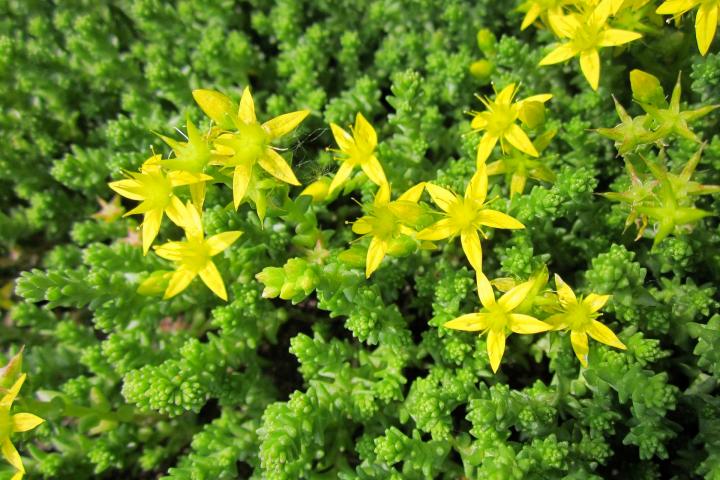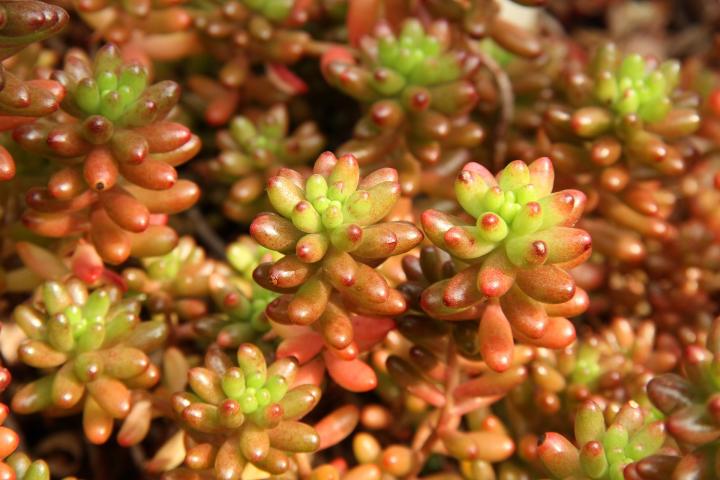
Sign up for our daily newsletter to get gardening tips and advice.
Planting, Growing, and Caring for Sedums
ADVERTISEMENT
I was just gifted a 10-12 inch pot of stonecrop (friend bought it on clearance from a big box store.) It contains several variety of stonecrop plants densely planted in a pretty pot that has several drain holes in the bottom. Should I transplant all or some of the plants directly into the ground in an appropriate (sunny, well drained) area or leave the plants in the pot? It’s mid-June, zone 6 with forecasted temps about 90 degrees with lows in the mid 60’s for the net 10 days. Thanks for any advice you might share.
If you keep the pot well-watered, your stonecrop should survive. Typically, the best time of year to transplant stonecrop plants is in the spring or fall, but if you choose to do so now, please make sure that they have adequate amounts of water through the summer months as they are building their root system. Happy planting!
When should I cut back my sedum or should it be cut back. We are now in last October so not sure if I should cut them back or what to do for winter.
Cut back sedum once the flowers have finished blooming—or feel free to leave the flowers on the plants for added winter garden interest! The birds may also appreciate their seed heads during the colder months.
Didn’t know we had red sedum until they grew this year. We moved in our Michigan home in November and there was just dirt along our front sidewalk and voila these beautiful flowers bloomed. We don’t need to cut or trim for winter?
The leaves on my Sedum plants have large pink spots on them. What is this? What should I do about it?
It could be a minor bacterial or fungal disease. Remove the infected leaves and monitor the plants for further infection.
I have upright sedum. They are beautiful in the spring - perfectly shaped balls, but as they get bigger they flop and I have to stake them to hold them up. Is there anything that I can do to keep them shorter so they don't flop?
I avoid this by pinching off the tops of sedum in early June, keeping the plant at about 8" of height. The tops regrow and there are sturdy stalks and great flowers come fall.
I garden in Zone 5 so if you grow under a warmer/longer climate, you may need to top yours off earlier.
I use green garden twine to hold them up. I put a ring of the twine near the bottom and another closer to the top. Works fine and you can't really see the twine because it's hidden by leaves.











